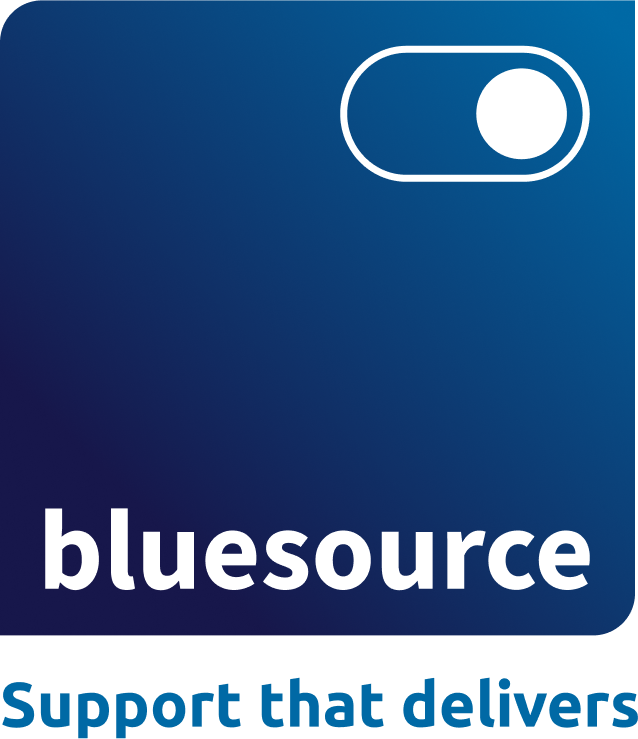How to maximise user adoption of Microsoft 365
Improved productivity is top-of-mind for every business. Many businesses are investing in modern workplace solutions such as Microsoft 365 and hope that it can facilitate collaboration and increase productivity. However, technology is just a tool, one small part of the equation. The more important part is how new ways of working are integrated into the organisation.
To maximise user adoption of Microsoft 365, it is best practice to focus on three core areas – Envisioning; Onboarding and Drive Value.
ENVISIONING.
Identify Key Stakeholders
The first rule of a successful adoption is to create a dynamic team comprised of key stakeholders and the right people that can drive and effect change in others. Such a team could comprise:
- Executive Sponsors – who have the greatest influence on company culture and can actively communicate the value and benefits of new technology and ways of working throughout your organisation. They can also provide a crucial understanding of the key business goals and common challenges to overcome – which is where Microsoft 365 comes in.
- Success Owners – who are responsible for ensuring people use Microsoft 365 to the max and get value from it.
- Champions – who are knowledgeable, committed to furthering their expertise and are willing to provide peer coaching and assistance. They help translate Microsoft 365 into the reality of their department or team.
Identify Business Scenarios
When the key stakeholders have been identified, it is advisable to then work with them to identify some relevant Business Scenarios. In order to do this you’ll want to run a few workshops inviting the department leads, project managers, IT and other stakeholders who can help brainstorm how Microsoft 365 can be used in your organisation.
Define Your Success Criteria
When you develop your ideal Business Scenarios, it’s important to come up with a formal set of success criteria to measure the impact of your Microsoft 365 rollout.
Identify business Key Performance Indicators (KPIs) that may improve based on your successful adoption strategy, (e.g. reduced costs, increased customer satisfaction, improved employee engagement, decreased time to process an order).
Critical Success Activities
At this point, your stakeholder team should now be in place, your business scenarios have been identified, and your success criteria have been agreed. Now you need to think about the activities needed to bring your adoption strategy to life.
To this end, there are four key phases that should be considered.
- Communication & Awareness – You want your people to be excited by the fact that Microsoft 365 is coming, and be kept interested in using it after you’ve launched. To do this, best practice suggests you:
- Ensure you take into account your staff when putting together the messaging, as you need to help them identify “What’s in it for me?”
- Pick a mix of activities including email, posters and physical events and plot them out along the timeline of your project
- Schedule events where people can touch the products and ask questions
- Tailor your activities of driving awareness to your company and culture
- Have a leader send out a communication announcing Microsoft 365, kick off a launch event, or share the benefits during an all-hands meeting.
- Launch Events – it is advisable to consider:
- Your goals for using Microsoft 365
- How can your launch event(s) support these objectives and these particular parts of the business
- Your company culture
- What types of activities will resonate with your leadership and your employees
- Your time and resources
- How you can mix and match different event activities
- Leveraging existing company events
- Training – Training is critical to ensuring that new users have the knowledge and information necessary to get the most out of Microsoft 365. The “Why?” should be the most important aspect of your training. If your end users are new to Microsoft 365, your training should do more than simply introduce them to procedural “how-to” information for performing tasks. They need to know why the change is happening, what’s in it for them, and why they’re being asked to change.
- Build a Champions Programme – Champions are passionate and excited to evangelise and help their peers learn more effective solutions. In addition:
- They can help reduce the strain on the resources of the core project team and drive engagement throughout the community
- They create the groundswell and enthusiasm that grows adoption of improved ways of working
- They build a circle of influence amongst their teams
- They bring the new ways of working to life across teams
- They identify business challenges and possible solutions
- They provide feedback to the project team and sponsors
Now that you have created a solid Success Plan for the adoption of Microsoft 365 in your organisation, it’s time to begin onboarding to Microsoft 365 and introducing your people to this new way of working.
Download our eGuide to learn how to create a successful onboarding programme and continue to drive value after the initial launch of Microsoft 365 into your business.
